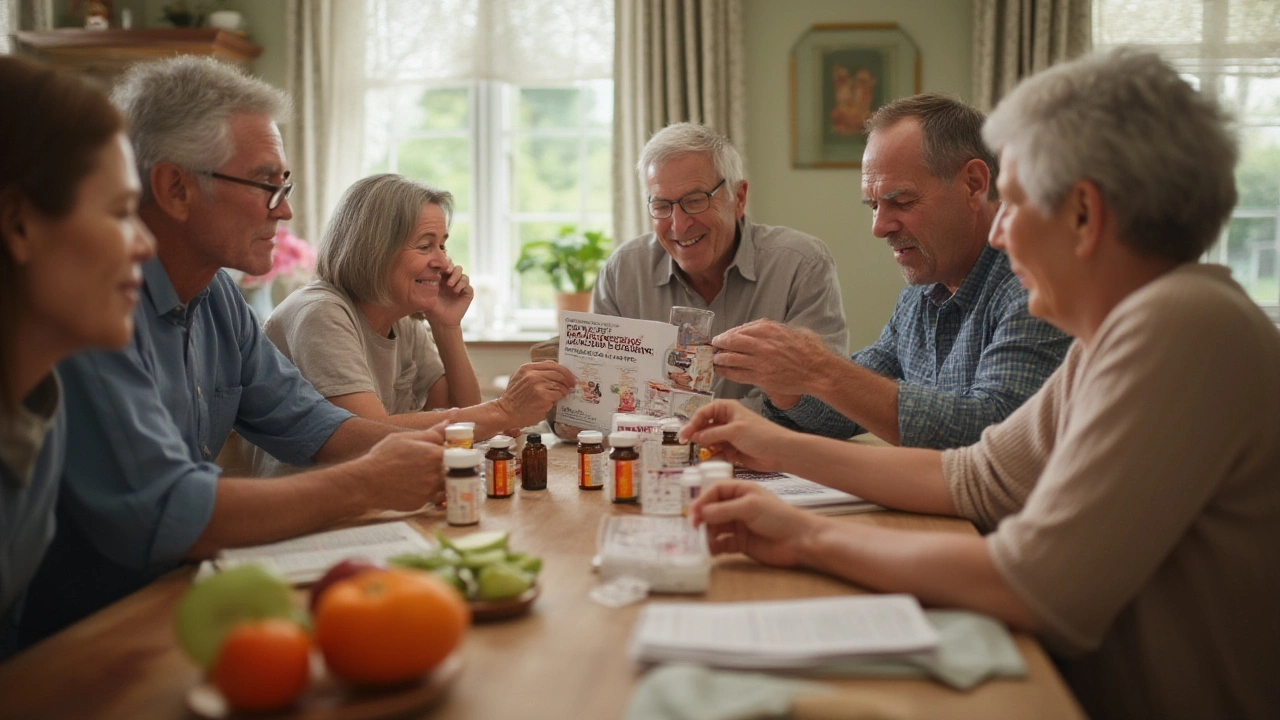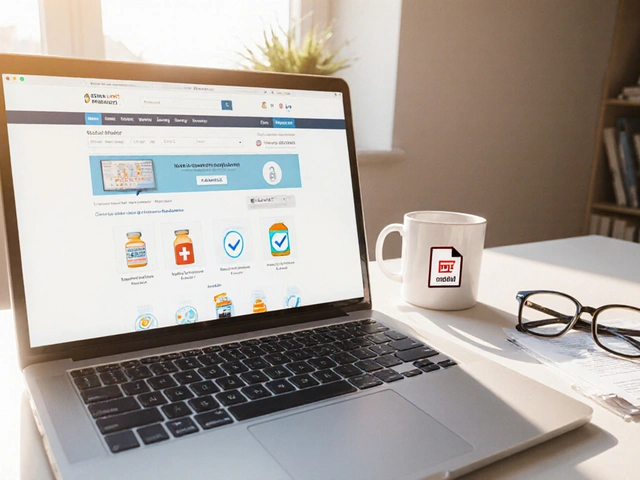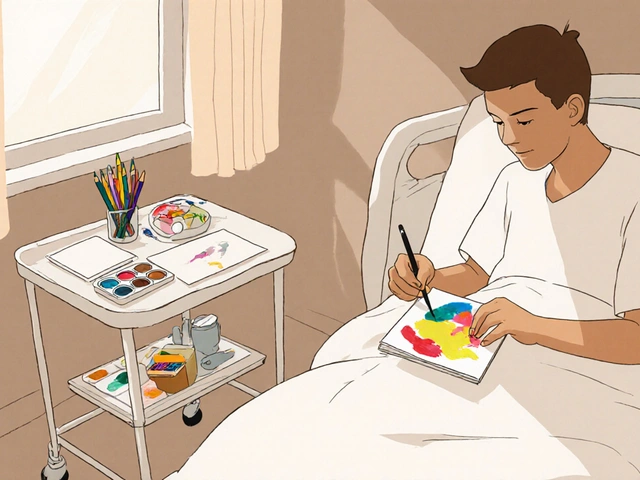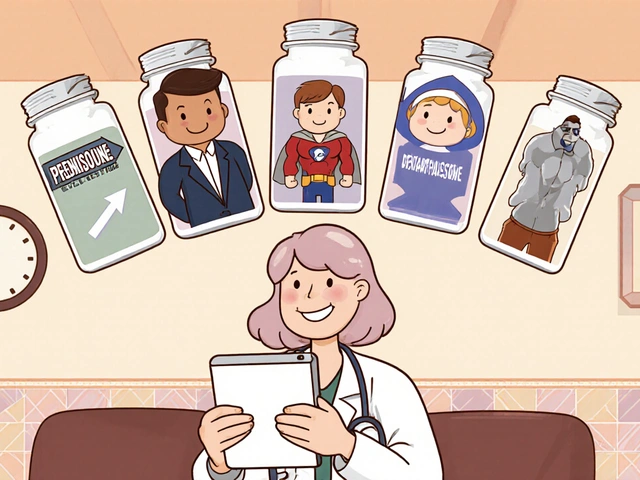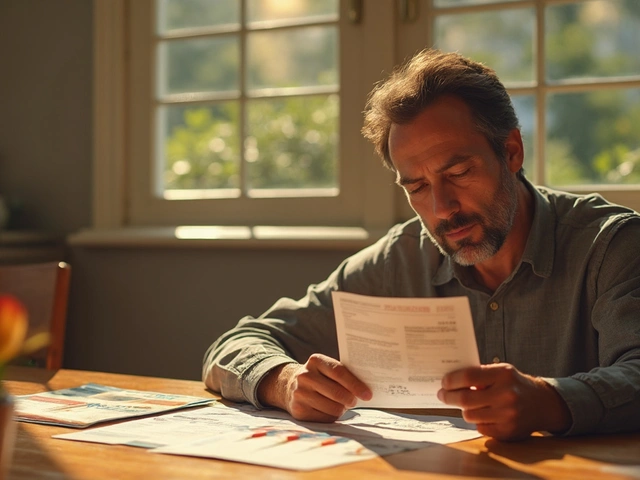Lifestyle Changes for Hypertension: Simple Steps That Work
If your doctor told you your blood pressure is high, you might think it’s all about medication. It isn’t. Small daily habits can pull the numbers down without a pill. Below are the easiest changes you can start right now.
Eat Right to Bring Down Pressure
First, look at what’s on your plate. Aim for the DASH diet – lots of fruits, veggies, whole grains, and low‑fat dairy. Cut back on salty foods; a teaspoon of salt adds about 2,300 mg of sodium, which can jack up pressure. Swap chips for a handful of unsalted nuts or fresh carrots. Add potassium‑rich foods like bananas, beans, and sweet potatoes; they help balance sodium.
Watch sugary drinks and processed snacks. They often hide extra salt and empty calories that can fuel weight gain – another blood‑pressure driver. Drink water, herbal tea, or coffee in moderation. If you love coffee, keep it under three cups a day; too much caffeine can spike readings briefly.
Move More, Stress Less
Physical activity is a game‑changer. You don’t need a gym; a brisk 30‑minute walk most days does the trick. If you’re short on time, break it into three 10‑minute walks. Even light chores like gardening or dancing around the house count.
Stress makes your heart race and blood pressure rise. Try simple stress‑busting habits: deep breathing for a minute, a quick stretch, or stepping outside for fresh air. Apps that guide you through a short meditation can be handy. Consistency beats intensity – a few minutes every day beats a marathon once a month.
Other lifestyle tweaks add up. Keep your weight in a healthy range; every 5 lb lost can drop systolic pressure by 2–3 mmHg. Limit alcohol – no more than two drinks a day for men and one for women. If you smoke, quit. Smoking narrows arteries and spikes pressure; quitting improves both heart and lung health quickly.
Sleep matters too. Aim for 7–8 hours of quality sleep. Poor sleep can raise stress hormones and keep blood pressure high. Create a bedtime routine, dim the lights, and avoid screens an hour before bed.
Finally, track your progress. Use a home blood‑pressure monitor to see how your habits influence numbers. Write down what you ate, how long you walked, and how you felt. Patterns will emerge, and you’ll stay motivated when you see the drop.
Making these changes feels like a lot at first, but pick one or two to start. Add another after a week or two. Over time, the habits stick, and you’ll notice a calmer heart, more energy, and better health without relying only on pills.
OTC Substitutes for Lisinopril: Top Natural Options and Evidence-Based Approaches
Explore proven OTC substitutes for lisinopril and lifestyle choices that can help control high blood pressure. Learn what actually works, backed by real evidence.
